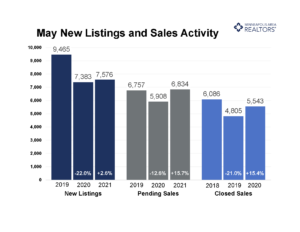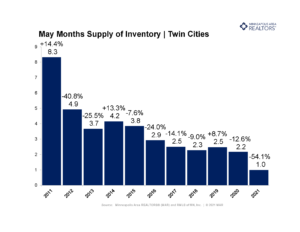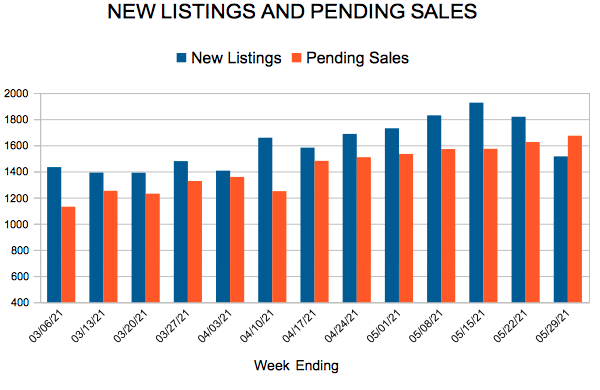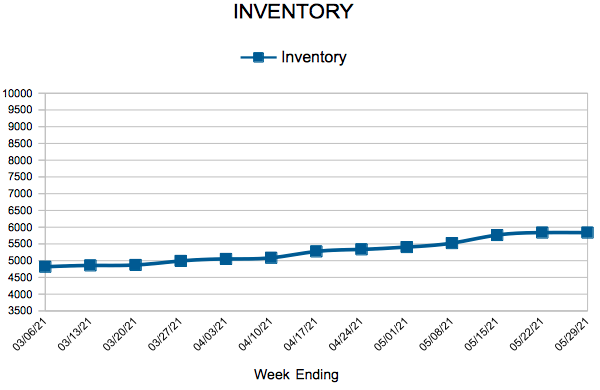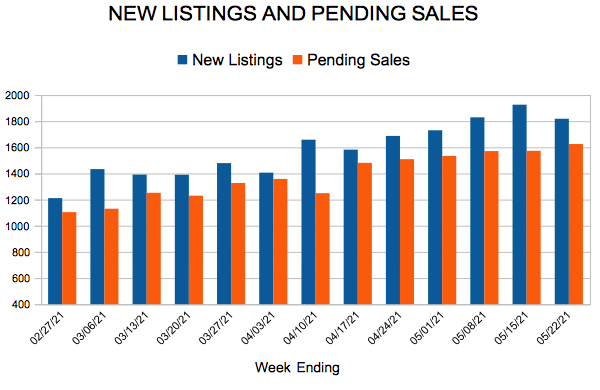 For Week Ending June 12, 2021
For Week Ending June 12, 2021
U.S. median rental prices increased 5.5% year over year for an average of $1,527 in May, exceeding pre-pandemic figures and putting rents at their highest level in two years, according to realtor.com’s Monthly Rental Report. Meanwhile, after months of record highs, lumber prices have finally begun falling, with futures for July delivery down 41% since May’s record high, their biggest ever weekly loss, Bloomberg reports. Still, demand for housing remains strong as ever, with mortgage and refinance applications up from the previous week, according to the Mortgage Bankers Association.
In the Twin Cities region, for the week ending June 12:
- New Listings increased 9.5% to 1,894
- Pending Sales increased 4.6% to 1,531
- Inventory decreased 42.4% to 6,109
For the month of April:
- Median Sales Price increased 16.6% to $343,750
- Days on Market decreased 41.5% to 24
- Percent of Original List Price Received increased 4.4% to 104.0%
- Months Supply of Homes For Sale decreased 54.5% to 1.0
All comparisons are to 2020
Click here for the full Weekly Market Activity Report. From MAAR Market Data News.

